How to make a Christmas wreath
Follow out step-by-step guide to making a garlanded willow wreath.
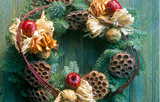

To make a 20in willow circle, you will need:
- Nine 10ft lengths of willow—any different colours will do. The wild willow called ‘crack willow’ will be the most difficult to work. You could also use dogwood stems.
- Three 3ft lengths of thin willow whips for binding.
Method Work all the willow to soften it by pushing it through your hands, using your thumbs as softening pads. You’ll feel the fibres of the willow begin to separate inside the stem as you work it. This will make it much easier to create a circle. If you don’t work the willow before you use it, you risk the stems cracking as you weave them in and out of your circle.
Once your willow’s been softened by massaging it, make your first circle. Your first length of willow can be twisted round by weaving the end in and out of itself. A 10ft length will go round your circle two or three times. Bend the willow through the circle by putting the thin end in first and pulling the rest of the willow through, as if you were doing a giant’s sewing. This will also help prevent the willow from cracking. Your first circle will be off-centre, pulling itself into a slightly corner-ish egg shape. Don’t worry, as the further eight lengths of willow that you weave in will create the tension to pull the circle into a better round. As you weave each length of willow into the circle, it will become firmer, stronger, and less likely to ping out of shape.
For your last length of willow, you might save a stem with lots of side shoots. This will give your willow circle a lovely explosive look, with the shoots bursting out of the willow so that it looks like a sun, or a royal race-goer’s fascinator. You can then bind your circle in three places with the thin, shorter whips. This binding will firm up any loose-feeling places. Push the woodier end of the whip through a gap in the circle’s willow and hold it firm. Pull the whip round and round the bundle of willow, pulling as tight as you can.
At the end, thread the fine end of the whip through the back of the binding, as if you were sewing, and pull it tight. This is where you might need your pliers to pull the whip through.
The garland A garland is used to adorn your willow wreath, but it also works just as well without willow to attach it to. Make a sturdier garland than that described as follows, and it will hold itself into a circle to make a wreath if you’d like it to. Equally, lengths of garland do well along mantelpieces (but do be careful with open fires and lit candles nearby—garlands look great, but will dry out, and if you’re using any pine in your ingredients remember that pine is super-flammable).
How to garland your willow circle You’ll need a selection of hedgerow goodies and a reel of light florist’s wire. Florist’s wire comes in all sorts of gauges. You may find this garlanding easier with thin wire, which will pull tight like string, rather than thicker wire, which is good for handling heavy items such as fruit or heavy- headed roses but is harder to hide in the foliage and would mean over-engineering your wreath.
Sign up for the Country Life Newsletter
Exquisite houses, the beauty of Nature, and how to get the most from your life, straight to your inbox.
Cut your hedgerow ingredients into quite long lengths—20–30cm (8–12in). You can trim them later. So, your list of ingredients could look like this:
- three lengths of flowering ivy
- three handfuls of berries
- three spurts of variegated euonymus
- a dried hydrangea head
- a few tufts of old man’s beard
- three heads of dried statice
- a few silvery coins of honesty seedheads
You want each length to be long enough for you to be able to wire each next ingredient of your garland on to the stem of the previous, so that your garland is a long ribbon of material, not a bunch. This can be difficult if your habit is to make hand-tied posies: it feels wrong to be attaching your material along the stem of the previous piece that’s been used. Practise a little, to get into the swing of it. Very bunchy garlands a) use a lot of valuable material and b) look almost as heavy as traditional weighty wreaths, and what we’re trying to create here is a feeling of lightness and freshness.
Wire your garland ingredients together, one after another, down the long length you make with their stems, until you have a garland perhaps half or three quarters the circumference of the willow circle you’re going to attach it to. Or perhaps you’d like to cover the whole willow circle with garland, in which case it needs to be as long as the full circumference of the circle. Attach your garland firmly to the circle with a little wire. You might find it convenient to use the bound sections of willow to thread your wire through (another reason to use fine wire: it’s easier to thread through tightly bound handfuls of willow), though if your willow circle has lots of explosive hairiness you should have plenty of little places to which to attach your garland. Add ribbon to taste, and there you have it.
‘The Flower Farmer’s Year: How to grow cut flowers for pleasure and profit’ by Georgie Newbery is published by Green Books (£19.95)
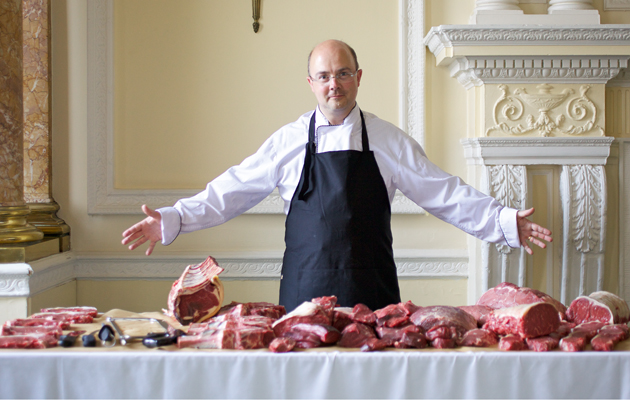
How to butcher a cow [VIDEO]
A cut above the rest: John Goodall discovers how to prepare good meat.
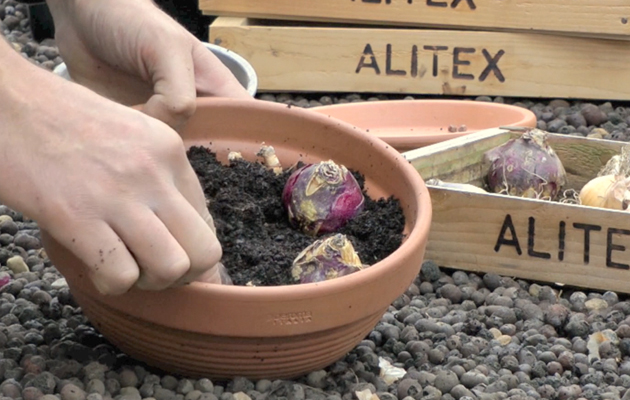
Alitex Series Video: How to pot bulbs for spring
Head Gardener at Hinton Ampner in Hampshire shows us how to pot bulbs in preparation for early spring flowers next
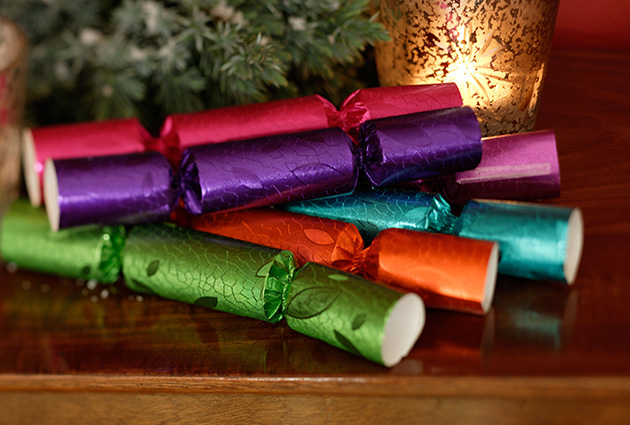
How to make your own Christmas crackers
Creating your own crackers can be a fun, inspiring and cost-effective alternative this Christmas.
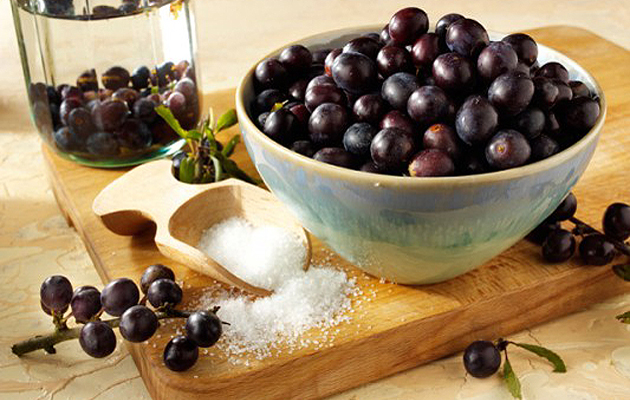
How to make perfect sloe gin
Follow our perfect sloe gin recipe to make the best sloe gin in preparation for your local opening meet.
Country Life is unlike any other magazine: the only glossy weekly on the newsstand and the only magazine that has been guest-edited by HRH The King not once, but twice. It is a celebration of modern rural life and all its diverse joys and pleasures — that was first published in Queen Victoria's Diamond Jubilee year. Our eclectic mixture of witty and informative content — from the most up-to-date property news and commentary and a coveted glimpse inside some of the UK's best houses and gardens, to gardening, the arts and interior design, written by experts in their field — still cannot be found in print or online, anywhere else.
-
 What's a 'wellness village' and will it tempt you back into the office?
What's a 'wellness village' and will it tempt you back into the office?The team behind London's first mixed-use ‘wellness village’ says it has the magic formula for tempting workers back into offices.
By Annunciata Elwes
-
 'To exist in this world relies on the hands of others': Roger Powell and modern British bookbinding
'To exist in this world relies on the hands of others': Roger Powell and modern British bookbindingAn exhibition on the legendary bookbinder Roger Powell reveals not only his great skill, but serves to reconnect us with the joy, power and importance of real craftsmanship.
By Hussein Kesvani